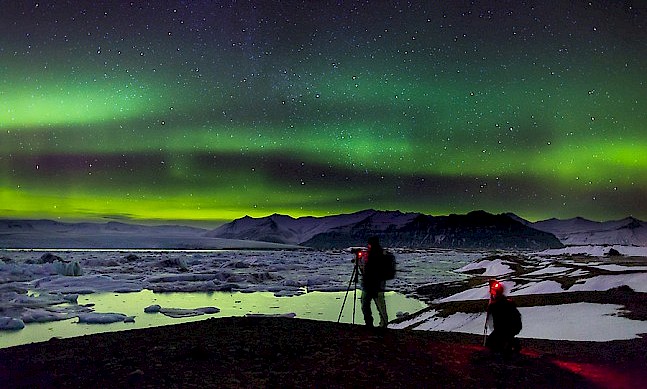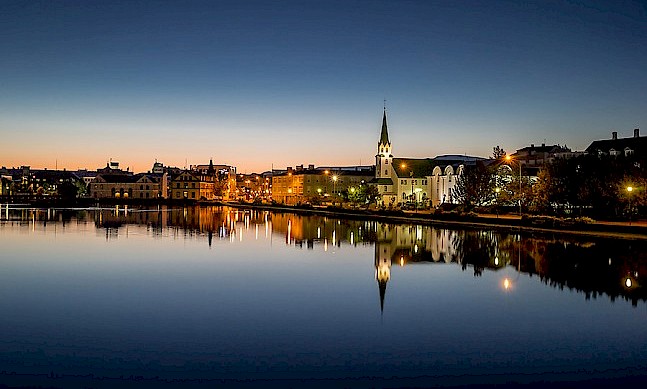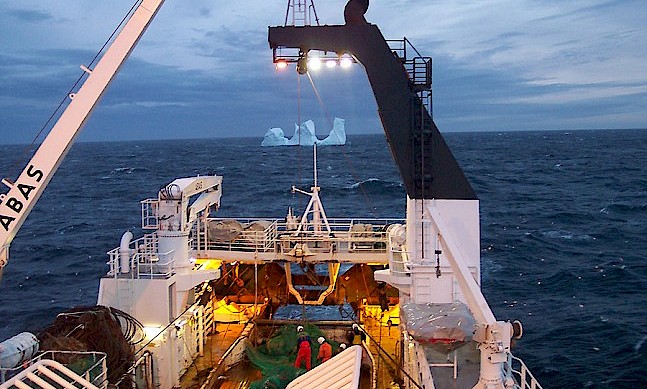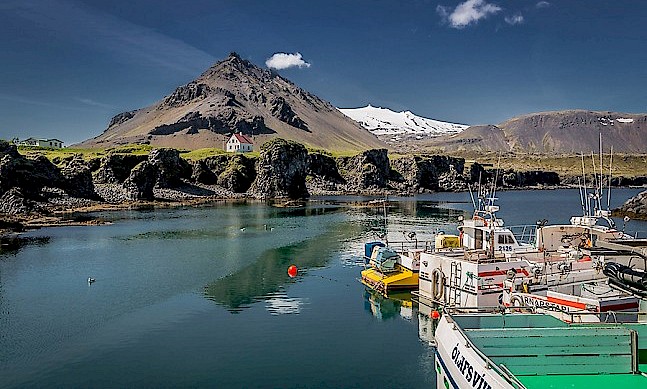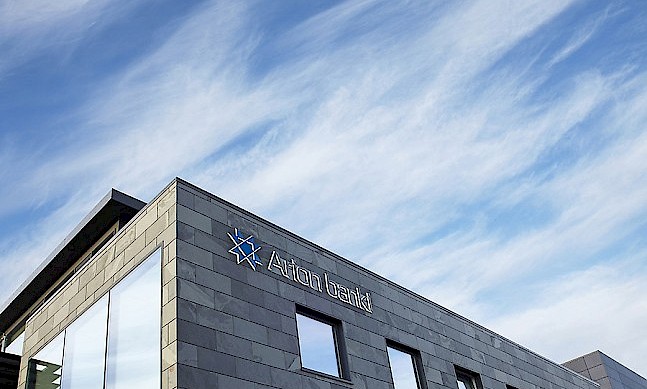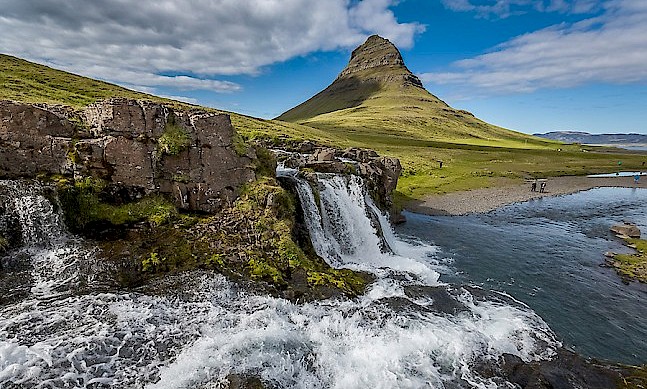Formed in October 2014 by the merger of the Federation of Icelandic Fishing Vessel Owners and the Federation of Icelandic Fish Processing Plants, Fisheries Iceland was set up to increase value creation in the country’s fishing industry by linking together all parts of the value chain. Kolbeinn Arnason, the organisation’s director, spoke to The Report Company about the state of the industry today and the work underway to boost competitiveness and revenue generation.
The Report Company: What are the main activities of the association?
Kolbeinn Arnason: This association represents about 97 percent of the fisheries in Iceland. It was formed a year ago from two organisations that represent the fisheries industry. What we thought was that this was the best way of looking at the industry of fisheries as basically a food processing sector. We wanted to start looking at it as a whole value chain starting with the market. What we have done therefore is to get everybody in the fisheries sector under one umbrella, from product development to marketing, and we have focused our attentions on increasing their value. This means that instead of looking at quantities we have focused on making the industry sustainable.
We are looking at this as one of the basic pillars for the Icelandic economy for the years to come. The environment is definitely a main focus for us, both in terms of the sustainable use of the resource and also the environment as a whole in terms of climate change and pollution. And then as a progressive industry we are looking at education; producing skills and know-how to actually drive this forward.
Instead of looking at this as we did previously in a segmented way with processing and marketing as separate areas, we are trying to change the way of looking at things as a more holistic view.
“We are selling seafood to almost a hundred countries around the world, so I claim that this is the only truly internationalised Icelandic business”Tweet This
TRC: How would you appraise the fisheries sector today?
KA: We fish about 1.5 million tonnes per year and we are exporting close to 260 billion krona (£1.3 billion) worth of products every year. We are the biggest sector when it comes to creating revenue and generating foreign currency for the nation. We are based on a system that is very market-driven. We have long-term management rights that are transferable that the companies own, and this has led to quite a different landscape in terms of how the fisheries sector operates here compared to other countries.
We have seen a large reduction in the number of companies doing this over the past quarter of a century, and you have now two types of companies, the integrated companies with large quotas and good integrated systems, and then more specialist companies that do more specialised things. This has driven the industry to develop and it has also had an impact on the society which has pluses and minuses. We would say that this industry is the driver of the Icelandic industrial revolution.
TRC: What are the challenges you face?
KA: One of the challenges that we have is to portray the fishing industry as an opportunity for people to go into, because here in Iceland it has been viewed as a relatively old-fashioned business. If you for example go and visit the companies, you can see that innovation is everywhere, so we are trying to show people that this is something interesting.
We are selling seafood to almost a hundred countries around the world, so I claim that this is the only truly internationalised Icelandic business, so if you want to go into international business then fisheries is what you should go into. We see huge potential for the future in terms of fisheries. We are looking at the last wild protein to be produced on a large scale for an ever-growing human population. We need to not only produce this, but we need also to develop this so that we get the highest value and the best exploitation not only in terms of how much we take but in terms of how much we use. The aim is to utilise all the parts of the fish, for example, in food but also in medicine and clothes. And for this, you need skilled workers.
“Now, the industry is not just about catching as much as you can in competition with the rest of the players, but is instead something that is done with a vested interest in sustainability”Tweet This
TRC: What opportunities are there for greater utilisation of the fish caught in Iceland?
KA: One of my favourite examples is a small village in the north east of Iceland, which traditionally discarded the shells of the prawns into the ocean. That became an environmental issue, so they had the choice of either utilising the shells or getting rid of them as waste, so they took the incentive of investing in producing a substance out of them. They are now selling this substance to companies like L’Oreal and Wella and they are making quite a profit out of that. We have got examples of the first fish-based medicine to be allowed into the US market, which is being developed now as a treatment for severe wounds, so instead of throwing away the skin of the cod we are using it. This is the way we want to go. We see the way we did things in the old days as so wasteful of what is actually a very valuable resource.
TRC: What impact does the quota system have on the industry?
KA: This has been the hot potato in Icelandic politics for the past quarter of a century. We had a situation where we had two big problems in the fisheries industry. The first was overfishing, and the second was overinvestment. We had to severely reduce the catches and we had to set up a system that functions economically, and thereby the idea was that this was an industry like any other, and the concept of ownership was something that needed to be implemented so the people using this have a longer term view than they had before. Now, the industry is not just about catching as much as you can in competition with the rest of the players, but is instead something that is done with a vested interest in sustainability. We needed somehow to adjust the investment in the industry to the capacity of the stock so we have, so we needed to have the industry as streamlined as possible. To help us to do that, we thought about how the industry itself might be adjusted. This is what has happened, the stocks have rebounded and we are seeing an increase in the stock year by year, and the companies are doing very well, they are turning profits and they are being becoming a very interesting proposition to invest in. We already have one company on the stock market and I would say another four or five would be suited to do so also. From a business point of view, the quota system has really worked. But by having market forces control the industry and having the smaller companies selling their quotas to the bigger companies, you get an issue that we need to deal with which is that many of the smaller businesses around the country lose their foundation.
TRC: What can be done to overcome challenges in the quota system?
KA: We need to be realistic that consolidation will happen. In any system, there is a trend for this to happen. What we need to do is to make sure that this change is as painless as possible.
TRC: How well did the sector emerge from the crisis in 2008?
KA: The first years after the collapse were trying because a lot of the companies were quite indebted, but the devaluation of the krona helped a lot because most of their revenue was in euros and dollars and their expenses were to a large extent in the local currency. I would say that the last six to seven years have been among the best for the industry. Other factors have also come into play. Thanks to global warming, we have had new stocks appear in our economic zone which have created a lot of value for us.
TRC: What opportunities are there for investment into the sector?
KA: in terms of investment directly into fishing processing, there is a limitation because there is a law as to how much foreigners can invest. The total share of foreigners can only be 49 percent. But then it depends on what is the definition of what is processing. There is quite a lot of interest from aboard, and we see innovation in technology. From the industry’s perspective, foreign technology is a very good way of developing, so we would welcome that.
TRC: What is your vision for the next three to five years?
KA: It’s a modest vision. We want to build on what we have, and continue developing in the way that we have been doing, increasing value through product development and technology, and through an increased focus on marketing internationally. We have a lot of small companies that are in the process of development and we need to take the next step in terms of value.
TRC: What would you like people to know about the Icelandic fisheries industry?
KA: The message is that we are an example of a responsible, sustainable fishing industry with good products, that is innovative, modern and interesting.


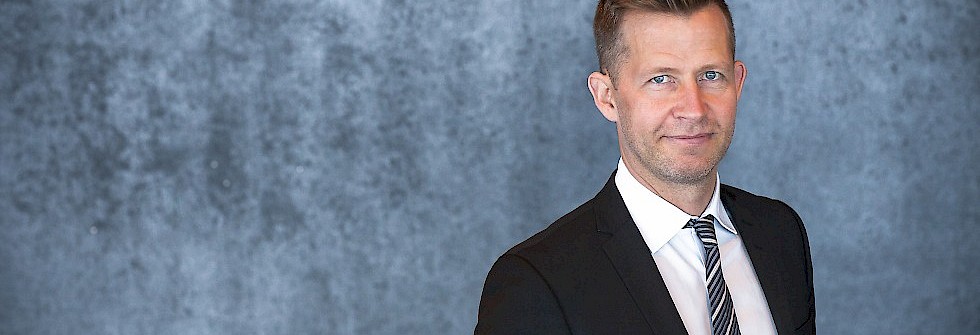 Kolbeinn Arnason, Director of Fisheries Iceland. Photo: Fisheries Iceland
Kolbeinn Arnason, Director of Fisheries Iceland. Photo: Fisheries Iceland


